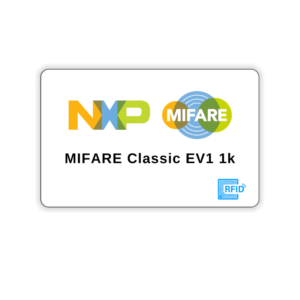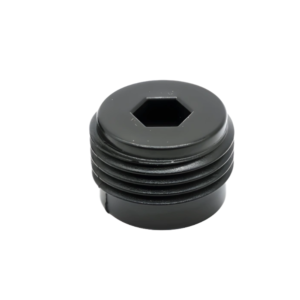Who Replace RFID?
RFID — radio frequency identification, may have been ahead of its time in a flurry of high-profile pilot projects in the early 2000s, RFID became a useful tool in retail, logistics, healthcare and a handful of other enterprise sectors, the technology failed to grab the spotlight as expected.
However, with higher accuracy rates, lower cost and the Internet of Things (IoT), RFID tags are fast prepping themselves for the second act by becoming an essential component of IoT implementation. According to a recent report by IDTechEx the total worth of RFID market is forecasted to rise up to $13.2 billion in 2020.

Thanks to advances in sensors and data processing technology, some companies are again looking at tagging trucks, pallets, cases and items to track location and other data like temperature and impacts.
There are various use cases where RFID could be the best option for low-cost inventory tracking. But the technology still faces headwinds from competing technologies that could keep it from assuming the industry prominence its proponents have always thought it deserved.
RFID TECHNOLOGY
1.No visual required, multi-tag reading
A huge number of RFID tags can be read simultaneously, quickly and in bulk by readers, even hundreds or thousands of labels be read at a time.
Can identify high-speed, moving objects, such as trains, public transport, etc.
2. Big capacity
RFID tags can store more information, such as production date, stocking date, etc., and can be rewritten and reused.
Read the data immediately upload the system, and processing, but also to achieve the root of the product tracing.
3. Long read range
The reading distance can range from tens of centimeters to several meters, depending on the power of the reader and the gain rate of the antenna.
Because it can be accurately positioned to the centimeter level, RFID is also an excellent effective means of indoor positioning.
4. Global uniqueness ID, non-replicable
RFID tags are waterproof, magnetic, corrosion-resistant and high-temperature.
Laundry industry, animal husbandry industry, medical industry, etc. , have high requirements for label durability.
At present, the average label data can be kept for years, ten years or even decades.
5. High security
One of the core technology of RFID tag is the chip, as we know that it is difficult to development a high-performance chip, and high cost. For the counterfeiters, replication costs are too high and it is difficult to break through technical barriers, and RFID chips have a reliable secure encryption mechanism too.
RFID possesses a vast potential and in the coming years, we will its applications in various industries.
Someone said the best and also cost-effective solution that can replace RFID is BLE Beacons. There are also some people who considered it depends on the use case and its attributes, in some of the scenarios the best way is actually to combine more technologies. How about you?





